If you have a sprawling backyard, you can plant a variety of vegetables, herbs and fruits. If you live in an apartment with a small balcony, there are plenty of plants that will thrive in the space.
There are many factors to consider when choosing your garden. The first thing to think about is the amount of space you have available. There are various types of gardens suited for the amount of space you have available. From sprawling backyards to tiny terraces, there is something for everyone.
When you hear the term “garden,” what comes to mind? You probably see a flower-filled grassy area. Nevertheless, flower gardens are but one type of decorative plantation.
In addition to being aesthetically beautiful, gardens are good for both physical and mental health. Furthermore, there is no better kind of therapy than taking care of one’s own garden.
Home gardens today play an important role when it comes of climatic conditions in our hectic industrial environment. The greenhouse effect, which raises the average temperature of the earth’s surface, is one of the significant environmental issues the world is now experiencing. These indoor gardens can help keep the temperature of our living spaces stable if they are maintained diligently and with great care.
According to a study, historically, house gardens have been more concerned with creating attractive surroundings, expressing creative abilities via design, and providing spaces for enjoyment and relaxation.
A human being naturally becomes less stressed by calmness, a good surroundings, fresh air, etc. in our hectic and demanding existence. The majority of individuals travel in order to unwind, reduce stress, and resume a healthy lifestyle. Making gardening a pastime will do the same result. As a hobby, home gardening is so advantageous that it may provide a person with a comfortable setting and access to fresh air.
Planting, weeding, harvesting, and watering are all excellent forms of physical activity in the garden. As a result, it becomes a fantastic addition to your workout.
Home gardening is another useful pastime. On our table, we may place our own organically grown fruits, flowers, vegetables, and medicinal herbs.
It has been demonstrated that gardening helps people, especially the elderly, cope with stress, despair, and loneliness.
In the past, people cultivated gardens near rivers and forests, choosing edible fruit and vegetable kinds and saving the seeds to grow them later. The ancient Egyptian paintings that show rows of acacia trees provide some proof of the first gardens.
Another well-known example of decorative gardens from earlier times is the Hanging Gardens in Babylon, one of the Seven Wonders of the World. Roman gardens had magnificent flowerbeds in addition to statues and sculptures. The cultivation of medicinal plants began throughout Europe. Their gardens were exceedingly attractive and were situated next to lakes or rocky outcrops. In the future, symmetrical gardens with topiaries and fountains became popular.
What sort of garden is best for you, then? To find the answer, let’s look at all the many sorts of gardens you may cultivate in your own backyard.
Keep reading to discover more about the many sorts of gardens so you can pick the one that’s best for you. There are numerous choices, but ultimately it comes down to what you find appealing visually and which best reflects your own style.
One of the most often desired forms of gardens is the flower garden. Your house entrance looks more fresh when the vibrant pink and scarlet hues blossom in the spring. But you must first take the appropriate steps in order for your flowers to emerge alive and vivid.
You must realize that for good growth, all blooming plants need certain circumstances. You should research which plants can endure in your area’s environment before making your buy.
Organizing the plants based on comparable requirements is a smart idea. For instance, blooming plants that prefer one kind of fertilizer over another, such vermiculite over perlite, might be planted together in groups.
When selecting the flowers that will blossom in your garden, try to stick with a specific color tone. Planting flowers in vibrant hues like pink, yellow, or red is always a smart idea.
These often blend in well with any garden environment. Grouping your blooming plants according to type is another technique to adorn them. You may, for instance, place red and white roses in one corner and red, yellow, pink, and other varieties of tulips in the other.

Areas with a small pond or other body of water are more suited for water gardens. They merely need to be big enough to support a little ecology; they don’t need to be extremely big. In order to promote tranquillity among all people, water gardens were once stocked with lilies and other decorations.
While maintaining ecosystems in water gardens might be challenging, they may be simple to decorate. Because your plants will be growing in water, you must make sure there is an adequate supply of oxygen.
Additionally, you should grow both aesthetically pleasing and functionally advantageous plants. For instance, to ensure that the water is clean, oxygenating plants must be grown.
You will also need to bring animal life if you want to transform the body of water into a garden. Watch little fish construct their own habitat by trying to introduce them to it. Research your options carefully and decide on fish that will thrive in your pool’s conditions.
On the water’s surface, you should also add pebbles and other vegetation that fish can consume. Make sure the fish you purchase don’t feed off one another.
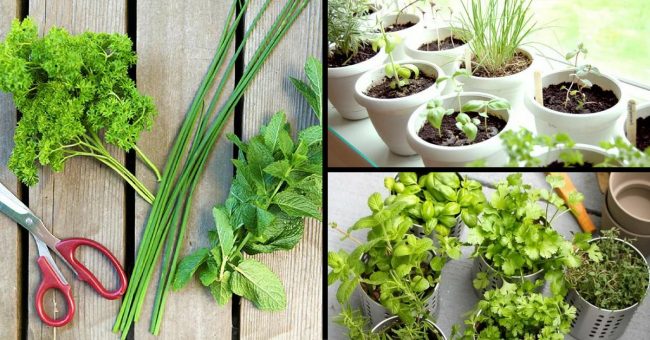
You might try to start your own herb garden if you enjoy cooking with fresh herbs. These gardens include a variety of herbs that may be used to flavor dishes. Planting mint, thyme, different varieties of basil, and coriander are a few examples of typical gardening practices.
Some plants have exquisite blossoms that spread a fragrant scent across the region. You may give your herb garden the makeover it so richly deserves by scattering a few lavender plants here and there.
There is far less to worry about once you have planted a herb and provided it with all the light and water it need. These plants often thrive without routine maintenance and grow quickly. Your herb should be growing healthily as long as your soil is fertilized.

The vegetable garden is another very well-liked kind of garden. Typically, this is also the starting point for backyard gardening and where the fun is. While most vegetable gardens are colorful because they produce a lot of vegetables, there are other advantages as well!
The first one is that it gives you and your family food. Vegetable gardening done correctly will save you a lot of money over time. This is mostly due to the fact that once your plants begin to produce veggies, you will need to spend less money at the supermarket.
Before you begin constructing your own vegetable gardens, you must realize that vegetable plants have demanding needs. Anyone who doesn’t satisfy the survival requirements will receive an inadequate yield.
Before choosing your vegetable plants, you must be aware of everything, from their choice of pesticides to how much water they may need.

Indoor gardens are ideal for delivering a revitalizing taste of nature within your home’s walls. Your home’s interiors get significant aesthetic points as a result. The correct plants might help you increase the amount of oxygen in your home.
Since plants photosynthesize to release oxygen, your home’s air becomes highly oxygenated. You may breathe cleaner air as a consequence since it is filtered daily.
Make sure you choose plants with few requirements when choosing them for your indoor gardening. Since indoor plants are supposed to need less sunlight than outside plants, it is crucial.
They are hassle-free and simple to keep indoors because of this. Additionally, you need to be careful with how much water you add. The plants may harm if they get too much water.
This was a gardening fad that has remained popular ever since it gained popularity. As the name implies, you may create flower beds out of used car tires. For the development of little plants without deep roots, this is the ideal solution.
Select your plants wisely because the wrong one might absorb all the soil’s nutrients, leaving the rest to perish. You need to choose your plants carefully in this garden more than in any other type.
Furthermore, you may experiment with the appearance by utilizing the tires as a flowerbed. You are welcome to decorate the outside of the tires with own painting supplies. You may express your creativity by using patterns and designs outside.
Add a few rocks and stones to improve the overall appearance. Since these gardens won’t be very beautiful, we advise planting some imitation flowers to heighten their pleasant ambience.
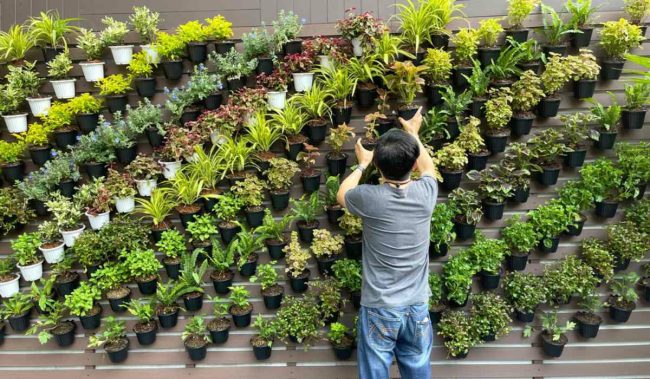
Consider vertical gardens if your home or apartment building has a tall side wall. These are often stuffed with veggies that can climb and wrap themselves around objects. To enhance volume and make it appear full and vibrant, plant tiny herbs and flowers.
Given everything, vertical gardens are difficult to set up. To ensure that the plants develop properly, extensive planning and appropriate hydration are required. Additionally, choose a wall that receives sunshine so that the plants may photosynthesize.
Your vertical garden will look much better if you add a few decorations here and there.
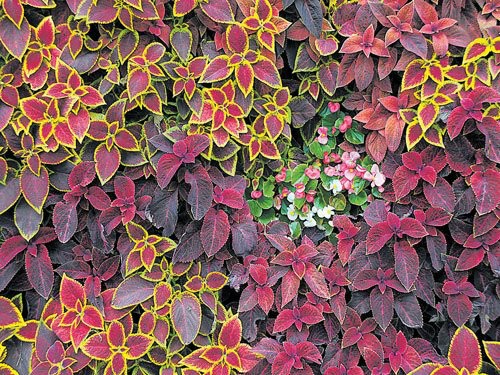
In most gardens, vegetation is consigned to the background, yet it may nevertheless play a significant role in any garden design or gardening aesthetic. Your landscape will seem more interesting and tactile with foliage. In a garden, green plants add a lot of beauty and intrigue.
They also give it more character and depth. Plants with foliage are simple to cultivate and care for. It may seem really stunning when you combine all the different types of leaves into your landscape. These can also be grown as border plants to provide a sense of seclusion.
Beautiful plants called “angels wings” are easy to cultivate both inside and outside. They have various different hues, and their leaves have an arrowhead form. Caladiums thrive in most environments and require little maintenance. Caladiums should be grown in some shade.
A tropical plant called colocasia may reach a height of 2 feet. It has up to one foot long leaves that resemble elephant ears.
There are many distinct types of coleus plants. Some have dots, some have leaves that are variegated, while some have bright flashes of color!
Crotons are bushes that come in a variety of hues. Their leaves have a leathery sheen. In both indoor and outdoor gardens, they thrive.
Rex begonias come in a wide range of sizes and forms. They develop in many climes and environments. They require little upkeep and are simple to care for.
You may maintain fast-growing, air-purifying plants called aluminum plants indoors.
Inch plants come in a wide range of hues. They may grow up to an inch every week, which is how they got their name. They require relatively little upkeep.
Sweet potatoes are fast-growing vines. To aid them in climbing up walls or other surfaces, they require sturdy supports. Their roots can be eaten.

Although the principle is straightforward, it is difficult to express all of the potential apartment garden concepts that we have discussed. You may still have a garden in an apartment, whether it’s indoors or outdoors on a balcony, patio, or tiny yard.
Utilizing ideas from the other garden kinds on this list can help you make the most of the area you have at your disposal. They may be condensed, with elements from each, into one wonderful, effective, and space-saving apartment garden.
A raised garden is one that is created in containers that are elevated from the ground but still rest on it, sometimes using pressure-treated wood. This gives you the opportunity to enclose the garden, give it new soil and nutrients, and enjoy the benefit of having the dirt flow directly into the earth.
Additionally, you gain from organization. Vegetables that shouldn’t be planted next to one another can be kept in separate raised beds. Additionally, they save you from having to reach all the way to the floor. The beds may be elevated as high as you desire.
Not the organization, which is excellent, but rather how you can always give your plants the most fertile soil possible is the major draw. For each individual container, you may adjust the pH balance and fertilizer amounts to give each set of plants exactly what they require.
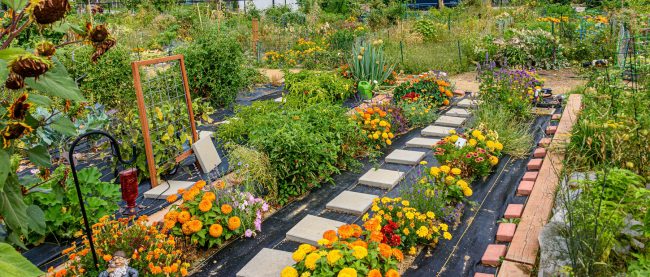
Community gardens are a great way to help the environment and the people who live in the community. They provide a space for people to learn about gardening and healthy eating, as well as share their love of nature with others.
Community gardens also provide a place for people to come together and bond over their shared interest in gardening. This is especially true of senior citizens who may not be able to get out of the house very often, but want to stay active and engaged in their community.
These gardens’ main goals are friendship-fostering and vegetable-growing.

With its houseplants and grassy stretches, the backyard is divided from the kitchen gardening area. It may be used as a location to develop a variety of plants, including fruits, vegetables, herbs, and other plants. The veggies and herbs you use most frequently in your own cooking should serve as the foundation of your own little kitchen garden.
To make the most of the limited space, climbers and containers might be employed. It is preferable to maintain your kitchen garden adjacent to the kitchen, near a source of water, and in a sunny area.
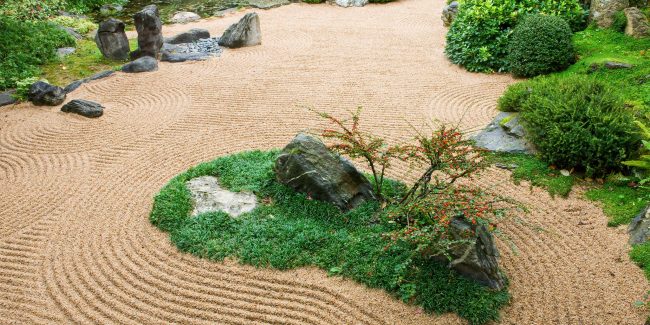
Food is not grown in zen gardens. You should take care of them and make the procedure contemplative. The majority of the ground is usually covered in coarse sand, with a few large boulders scattered around that you may sit on if you’d like.
To smooth the sand and make patterns in it, special rakes called bow rakes are employed. Some zen gardens contain bonsai trees and other plants along the borders, or they have wooden walkways with flowerbeds next to them that you may walk through.
These gardens are quite calming and pleasurable if the mood is perfect. They provide a peaceful haven for you to get away from the chaos of daily life.
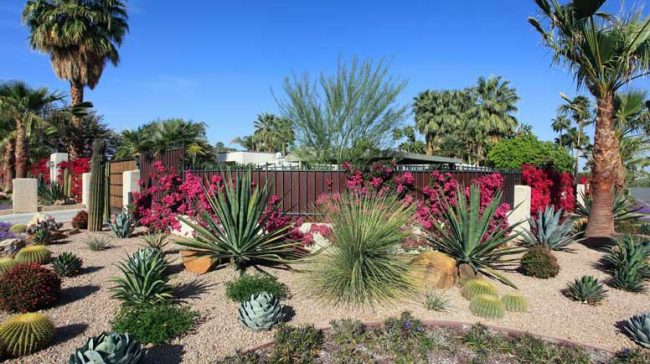
Only in their creation do xeriscaped garden varieties resemble zen gardens. Xeriscaping is a style of landscaping used in regions where drought is so frequent that it makes it difficult to maintain the life of plants like flowers and vegetables.
In Greek, Xeros means “dry,” and that’s what we’re referring to here—dry landscape. Small stones, pebbles, various landscaping rocks, and sometimes even sand may cover a large portion of the ground, while succulents and cacti are common examples of plants that can store their own water.
Basically, you should only plant drought-tolerant kinds of trees, shrubs, ground covers, and other plants. Only if you are in an extremely arid area would you attempt this form of gardening. Otherwise, there would be no purpose as it isn’t all that beautiful.
Succulent gardens are mostly made of and designed to highlight your collection of diverse succulent varieties. You need to know how to propagate succulents if you want to completely develop your garden. Otherwise, the price will be high.
You may grow succulents indoors in pots or even in a terrarium, or you can establish an outdoor succulent garden. Many individuals will lay down a bed of stones instead of trying to cover a whole wide area with these plants.
While contrasting with the vivid green of the succulents, these simple pebble regions assist maintain moisture levels and bring even more attention to them without making you require triple or more of them.
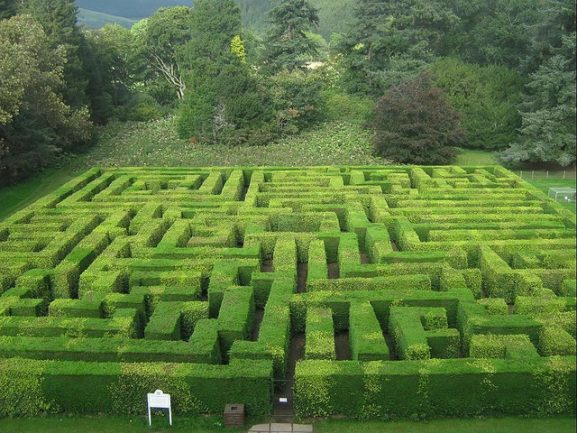
You may be familiar with hedge mazes, and this is a variation on that theme using gardens as the setting. As a consequence, you produce a labyrinth that is entertaining to get lost in and then navigate.
The advantage of it being gardens rather than hedge bushes is that you can still tell the way you should be moving in and won’t be lost for too long because they will be lower to the ground.
In the worst event, you could just stroll through the gardens to leave, which isn’t possible with hedges unless you wish to cause harm to them.
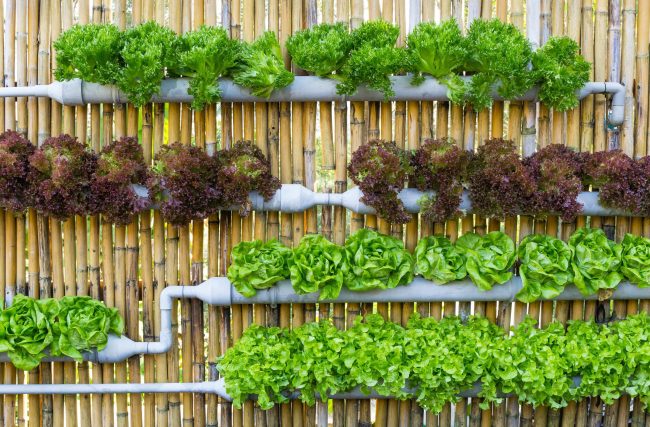
Hydroponics is a fantastic alternative if you don’t have a lot of space for an outside garden. On the other hand, hydroponic gardens require the purchase of fertilizer and require regular upkeep. Even if it’s handy to purchase all-inclusive fertilizer, you should still be conscious of what you’re feeding your plants. The most flexible sort of farming is hydroponic gardening, provided you take care of your plant in the way it desires.
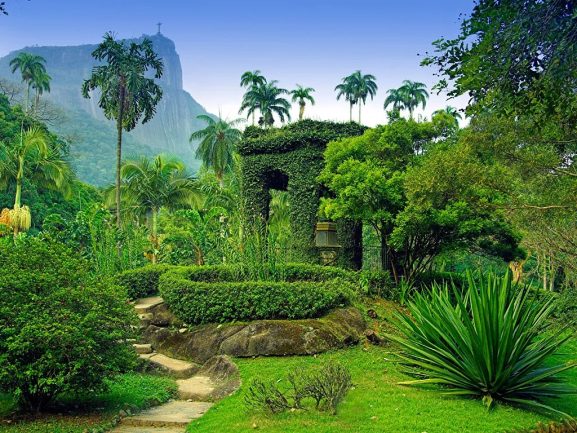
You’ve undoubtedly gone to a university’s botanical gardens if you live close by. In order to accommodate as many different varieties of flowers, trees, vegetables, and other plant life as possible, they were specifically designed. In the end, this means you’ll like viewing a variety of bug species as well.
The wonderful thing about visiting a botanical garden is that you’ll get to see a number of plants that aren’t native to the area but are thriving because the caretakers, who are highly skilled experts, put a lot of work into keeping them alive.

Given your understanding of what a greenhouse is, you undoubtedly already know what varieties of greenhouse gardens are. Basically, whether into the ground below, in raised beds, or in pots and containers, you’re going to cultivate your garden within a greenhouse.
This has the advantage of allowing you to grow plants and vegetables out of season because you can regulate the temperature and humidity levels. This is a fantastic way to indulge in your pastime all year long, if you can get past the cost hurdle. They don’t need to be enormous. Mini greenhouses are available.
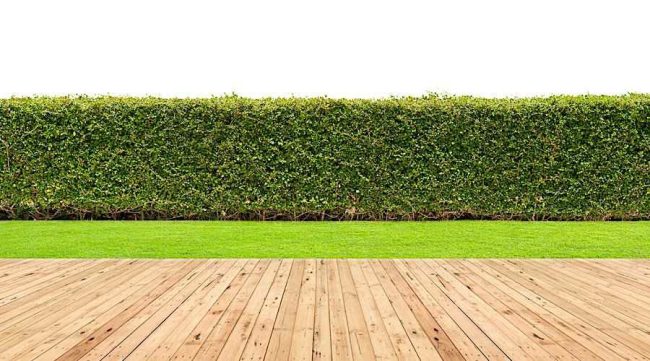
If kept up with, a hedge garden is quite the experience, whether for seclusion or decoration. They often feature walking routes with a variety of hedges planted in them in different shapes, widths, heights, and varieties.
It’s a lot of pleasure to see whether the owner of the property has the skill to even sculpt the hedges to resemble sculptures. Things get much more interesting if you utilize hedges as flowerbed edging. Add some additional plants, and you’ll have a stunning, lush paradise.
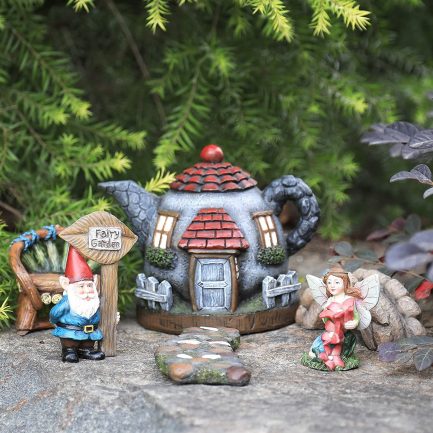
Just a fun one to bring up, this. Fairy garden enthusiasts are particularly enamored by it. They’ll build little dwellings in the style of dollhouses and put a lot of work into decorating and painting them. These are little enough to be on a fairy or gnome’s scale.
After these houses are constructed and painted, they are either placed on the ground or in containers, and then fantastical landscapes are developed around them using little plants you would find in the forest or fields, including bonsai, clovers, and forms of moss.
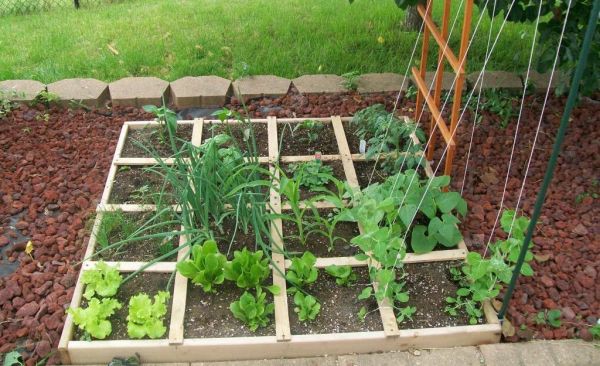
The space need for square foot gardening is lower than for traditional design gardens. One square foot at a time, map out your garden area. Each square will be stuffed with your selected vegetables, each one representing a different type of crop.
With a smaller garden, you’ll have access to a greater selection of crops. With this form of farming, you may practically grow whatever kind of food you want. In a square foot garden, you may grow seasonal fruits in addition to year-round vegetables. Trellising should be done properly when necessary.
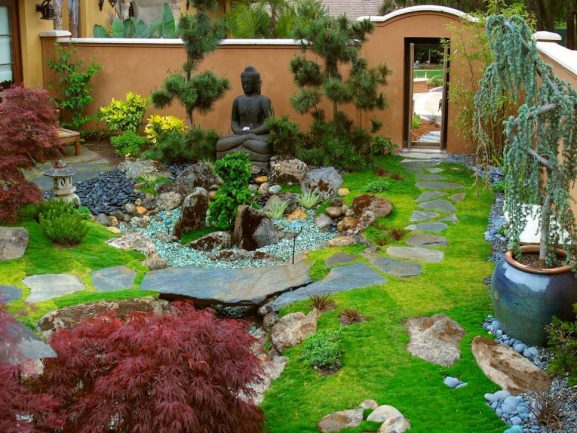
What would occur if you had a flower-filled garden? The answer is simple: you’d get to enjoy the views and fresh air. Exactly this takes place while you meditate. In meditation, your mind is directed toward a constructive thought. Even if you live in a city, you may design a landscape garden just for meditation.
The benefits of meditation gardens include relaxation and stress reduction. They offer a serene setting where you may relax and think about your life.
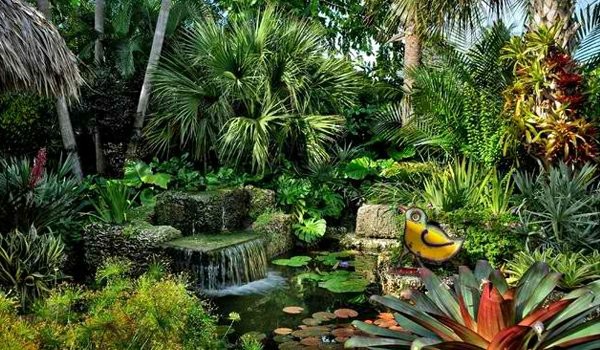
Tropical gardens are beautiful, but they should generally only be maintained by experienced gardeners. The landscape is carefully maintained in addition to the plants. It goes without saying that you should put in a waterfall, pond with a pump, and a school of fish.
However, the plants that have adapted to flourish in particular conditions are what people come to see. People that like tropical gardens typically do not reside in such areas, thus the plants require a great deal of special care in order to be healthy.
You may intentionally let decorative grass to grow to very enormous sizes to create higher bundles of ornamental grass. In these sorts of gardens, we’re talking about possibilities like feather reed grass, fountain grass, blue oat grass, small bluestem, and others.
The remaining space is yours to use as you see fit, however many people opt to plant conventional grass and maintain it with care and frequent mowing. This makes it easier to stroll about the grounds and take in the gorgeous grass without being distracted.

Do you have a modest balcony on your apartment? Contemporary terrace gardens are terrace architectural components that stretch out from an apartment or dwelling at any floor level other than ground level, in addition to being in the garden and landscape.

A medicinal garden is what? What makes it unique from a typical garden?
A garden where plants are planted expressly for their therapeutic effects is referred to as a “medicinal garden.” They consist of fruits, vegetables, flowers, herbs, and spices.
An excellent place to start producing your own food is in a medicinal garden. Additionally, it’s an enjoyable activity that may impart important gardening knowledge to you.
Here are a few medicinal plants you could think about include in your garden, while there are hundreds and a vast selection to pick from and cultivate at home. The following are some to consider including in your garden: Vinca rose, Ashwagandha, basil, lemon trees, and aloe vera.
Container gardens are a great option for anybody who lacks space, wants an inside garden, or wants to move their garden onto their patio or back deck. Pots, barrel half, tubs, and troughs are a few kinds of containers.
You may arrange them anyway you choose, just like raised bed gardens, so that plants that do well together can share a container. In order to ensure that the soil is extremely fruitful, you can also maintain it readily well-watered and well-drained.
These are a lot of fun since they nearly always entail a trip to the neighborhood nursery where you shop for the most vibrant and interesting flowers you see. After that, transplanting the flowers is simple and you have some immediate success.
Don’t assume it is just about flowers though. Vegetables, herbs, and spices may all be grown. Ensure that the containers are the appropriate size for the plants you are cultivating.

How about starting a seed-based herb garden? This is a fantastic method to acquire fresh herbs without spending hours driving to the shop every time you need some while also saving money.
If you reside in a warm region, growing herbs inside is simple. Having enough light, heat, water, and nutrition is essential.
Herbs are incredibly adaptable and may be used as medication, in cooking, and in teas. They also provide food and beverages taste. Herbs come in a huge variety and can be planted inside or outdoors in containers, hanging baskets, window boxes, and even pots.
Home herb gardening is simple and enjoyable! A sunny location, some pots, dirt, seeds, water, and persistence are all you need. A Mediterranean garden style includes herbs like basil, mint, rosemary, sage, thyme, oregano, chives, parsley, dill, fennel, cilantro, and lemon balm.
Mughal garden design was greatly influenced by Persian garden design. These gardens frequently use rectilinear forms inside walled enclosures with ponds, fountains, and canals. Examples include the Taj Mahal, Pinjore Gardens, and Shalimar Gardens in Lahore/Srinagar.
The effects of sunlight on structures have a significant impact. Using carefully chosen textures and shapes, architects were able to control the light. Trees and trellises, which are frequently used, offer shade. Walls and pavilions are important structural elements as well. The irrigation system for the garden is called a qanat. This kind of gardening tries to combine the “inside and outdoor” by creating arches between the external and internal sections.
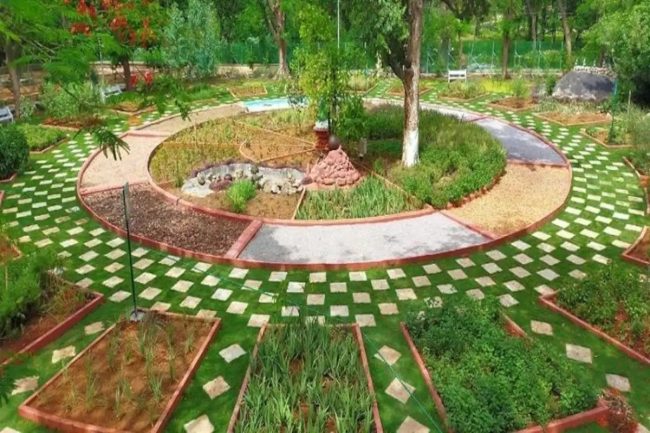
These kinds of gardens exist just to provide solace and promote healing for people who are struggling with stress and other problems. Lavender and chamomile are among the relaxing smells that therapeutic gardens emphasize, along with beauty and a wide variety of vibrant flowers and plants.
The colors are chosen based on the emotions they evoke, such as calmness and tranquillity as opposed to hurriedness, eagerness, rage, etc. We may labor in the gardens to help care for the plants and give our life significance in addition to simply going through them and experiencing them visually and olfactorily.
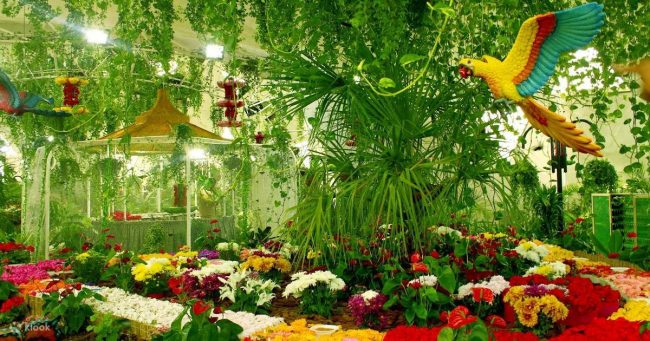
A particular kind of garden where butterflies are bred is a butterfly garden. They are quite helpful since they eat harmful insects like flies and mosquitoes. These pests are consumed by the larvae, which lowers their abundance. A butterfly garden may be created at home. All you need is a location to raise them, some room, a container, food, and water.
Butterflies are drawn to milkweed, butterfly bush, and periwinkle among other plants. These plants are well-known for producing nectar that butterflies find appealing. Bright flowers like those that are red, orange, yellow, or purple are also favorites of butterflies.
Milkweed, vinca, and cosmos are examples of nectar plants that may be used to maintain a butterfly garden. These flowers are adored by butterflies because they supply nourishment for them. Additionally, they enjoy eating flower pollen, which aids in reproduction.

Natural successors of shrubby wildness are woodland gardens. Woodland gardens are unstructured and natural.
Paths in woodland gardens wind about rather than follow a straight line. Mulch or grass will be used instead of pavement. It will feature light-allowing thin trees, especially in the glades.
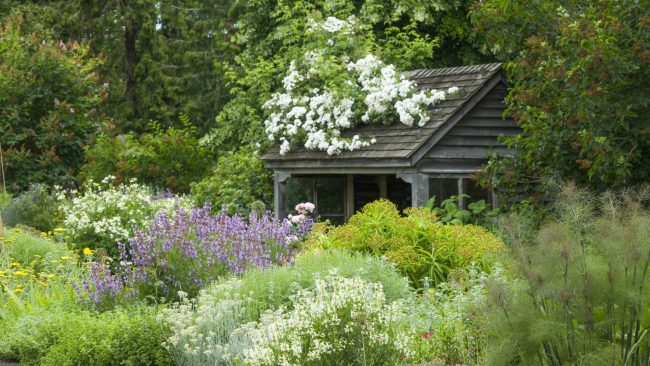
One aspect that people enjoy in all kinds of gardens is the aroma. The first requirement for a scented garden is the aroma of the blooms or leaves of the plants. Only these kinds of plants are used in the perfumed gardens, which are very helpful to the blind. Some of these fragrant plants only emit their aromas when exposed to direct sunlight, while others need to be damaged or rubbed in order to release their fragrance. Raised beds are used to produce these fragrant plants.
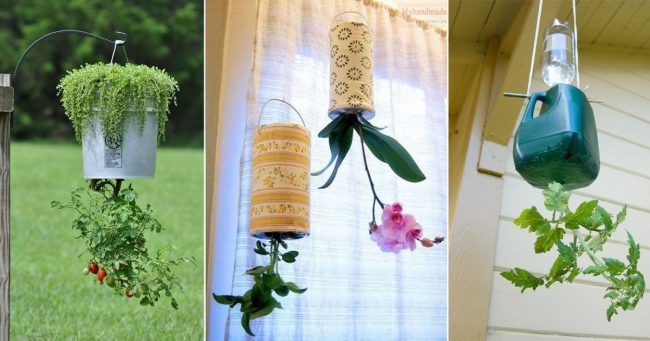
Whether you’re trying to produce more food or have limited space, you may make the most of your garden area by growing some vegetables upside down. This is typically how tomatoes are cultivated. If you love tomatoes but are concerned that you won’t have enough space to grow as many as you want, think about growing tomatoes upside down (or any at all).
You may either purchase a particular container made for growing tomatoes upside down or make your own out of a bucket. No matter how you look at it, they are a fantastic source of nourishment for a lot of people. Tomatoes are a versatile ingredient since they may be used to make salsa, salads, or soups.
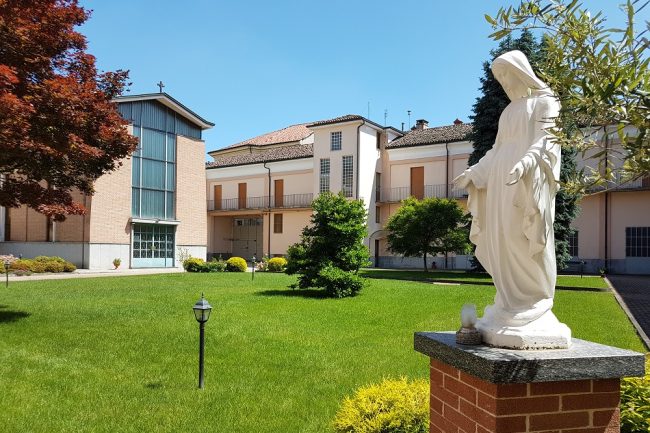
Hinduism places a great deal of value on plants and trees. They are revered as gods and regarded as living things. Additionally, some plants are employed medicinally. Using plants like Holy Basil, Hibiscus, Marigold, Jasmine, Plumeria, Shankapushpi, Lotus, and Rose, you may construct a garden in accordance with Hindu beliefs.
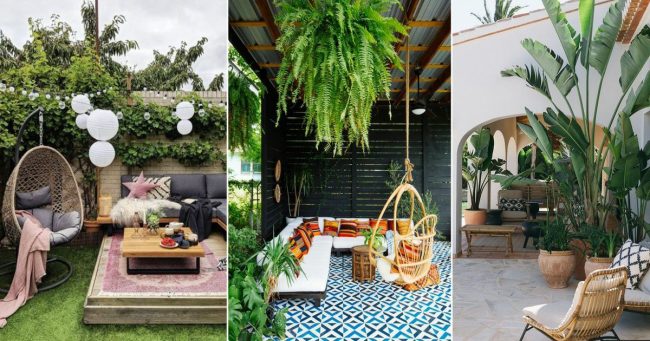
A patio surrounded by a garden, a koi pond with any variety of koi fish in it, a zen garden, or anything else from this list are all examples of patio gardens. Patio gardens are a vast idea.
Really, the objective is to just avoid discounting your patio or patio surface options as a location where there can never be any plants nearby. That is absolutely untrue, therefore if having a garden close by will make you appreciate your patio more, go for it!

Any species of bamboo may be used to build bamboo gardens, but the key is in how dense you want it to grow. You may plant it in pots or directly in your garden, scattered throughout or along the walk.
If you want it to be thick, plant bamboo along the garden’s perimeter because if you don’t, it will obstruct too much sunlight from reaching the other ground-level plants.
A flower garden is a specific kind of garden area where blooming plants are raised; these areas are sometimes referred to as cutting gardens. These are often located in the front yard of the building for everyone to enjoy.
Vertical gardens are those that are suspended vertically from panels. Hydroponics is used on them to grow plants. They may either stand alone or be mounted on a wall. Other names for these gardens include moss walls, plant walls, living green walls, etc.
With hydroponics, a plant’s roots are supported by a separate substance instead of soil. They develop right in the nutrient-rich water.